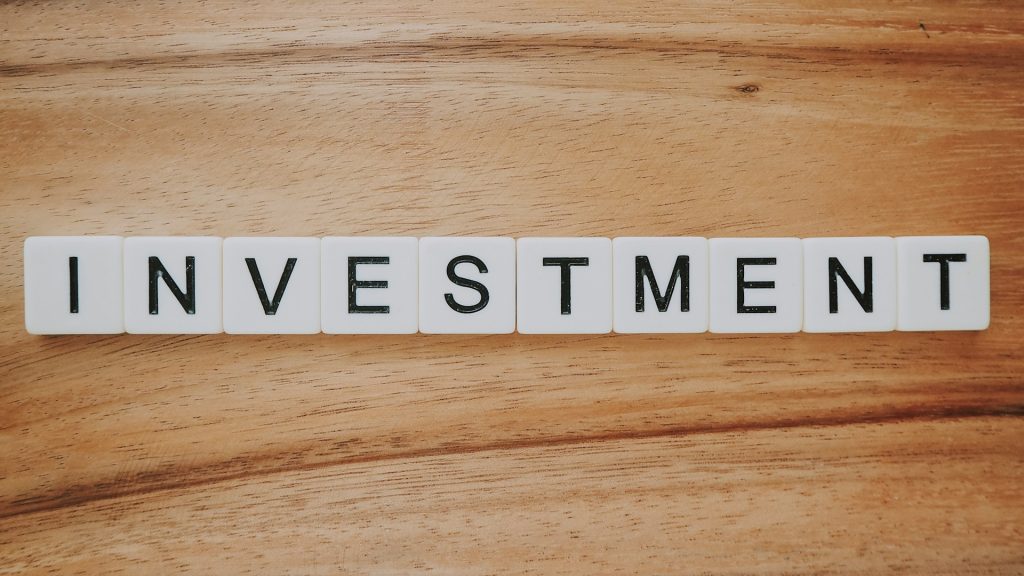
Raising capital as a startup founder means navigating a complex landscape of investment structures, each with its own implications for dilution, investor rights, and future funding rounds. Two of the most common instruments for early-stage fundraising are SAFEs (Simple Agreements for Future Equity) and convertible notes. While both are used to raise money without setting an immediate valuation, they operate differently and can have a significant impact on a startup’s long-term funding strategy.
Understanding the nuances between SAFEs and convertible notes is crucial for founders looking to secure funding while protecting their company’s financial future. In this guide, we break down the key differences, benefits, and considerations for each structure.
What Is a SAFE?
SAFEs, or Simple Agreements for Future Equity, were introduced by Y Combinator in 2013 as a founder-friendly alternative to convertible notes. SAFEs allow startups to raise capital quickly and efficiently without the burden of accruing debt or interest payments.
Key Features of a SAFE
SAFEs are designed to be a simpler way to secure investment. Here’s how they work:
- They are not debt and have no maturity date, meaning startups are not required to repay investors if a priced round does not occur.
- Investors receive shares at a future financing round, typically when a Series A is raised.
- Terms are flexible, with common provisions including a valuation cap or discount to the next round’s price per share.
- Since there is no interest accrual, founders avoid debt burdens that could hinder future financing rounds.
SAFEs are particularly beneficial for early-stage startups that want to delay valuation discussions until they have more traction to justify a higher valuation.
What Is a Convertible Note?
A convertible note is a form of short-term debt that automatically converts into equity at a later funding round. Convertible notes have been widely used for decades as a bridge between early-stage funding and future priced rounds.
Key Features of a Convertible Note
- A convertible note is structured as debt, meaning it comes with a maturity date and accrues interest (typically 4-8%).
- It converts into equity upon a trigger event, usually a subsequent financing round.
- If the company fails to raise a qualifying round before the maturity date, investors may demand repayment or renegotiate terms.
- Convertible notes typically include a valuation cap or discount rate, ensuring investors receive equity at a lower price than new investors in the next round.
Startups often use convertible notes when they expect to raise a priced round soon but need immediate funding to bridge the gap.
SAFE vs. Convertible Notes: Key Differences
| Feature | SAFE | Convertible Note |
|---|---|---|
| Structure | Equity agreement (not debt) | Debt instrument with interest |
| Maturity Date | No expiration | Has a repayment deadline |
| Interest Rate | None | Typically 4-8% |
| Repayment Risk | No repayment required | May require repayment if no conversion event occurs |
| Conversion Event | Next qualified financing round | Next qualified financing round |
| Complexity | Simpler, fewer legal requirements | More complex, requires negotiation |
| Founder-Friendliness | High – no risk of default | Medium – has debt implications |
When to Use a SAFE vs. a Convertible Note
The decision between using a SAFE or a convertible note depends on your startup’s financial position, fundraising timeline, and risk tolerance.
When a SAFE Might Be the Right Choice
- You are raising an early-stage round (pre-seed or seed) with uncertain valuation prospects.
- You want a simple, founder-friendly agreement with no repayment risk.
- You need funding but do not expect a near-term priced round.
- You prefer a streamlined fundraising process with minimal legal overhead.
When a Convertible Note Might Be the Right Choice
- You are bridging to a near-term Series A round.
- Your investors want debt-like protections with an interest rate and repayment terms.
- You are comfortable handling maturity deadlines and interest accrual.
- You want an instrument that gives investors a structured way to convert into equity.
Potential Risks and Considerations
For Founders
- Too many SAFEs or convertible notes can complicate cap tables. Stacking multiple instruments without careful planning can lead to unexpected dilution when they convert.
- Convertible notes carry risk if a maturity date arrives without a funding round. If your company does not raise a qualified round before the note’s due date, you may face legal obligations to repay the debt.
- SAFEs can create ambiguity if not properly structured. Some investors prefer the certainty of convertible notes, which provide clearer expectations for conversion and repayment.
For Investors
- Convertible notes provide more security. Investors may prefer convertible notes because they have repayment rights and accrue interest.
- SAFEs offer less protection in downside scenarios. Since SAFEs do not act as debt, investors may lose all of their investment if the company never raises a priced round.
Final Thoughts
Both SAFEs and convertible notes serve as powerful fundraising tools for startups, allowing them to secure early-stage funding without setting an immediate valuation. However, they come with distinct advantages and risks.
For most pre-seed and early-stage startups, SAFEs provide a faster, simpler, and founder-friendly approach to fundraising. Convertible notes, on the other hand, may be more suitable for startups expecting to raise a priced round in the near future and willing to take on debt-like terms.
At Veritas Global, we help startups navigate the fundraising process, negotiate investor agreements, and structure financing rounds to align with their long-term growth strategy. Whether you are considering a SAFE or convertible note, our team ensures that your funding decisions set your company up for success.
Don’t let complex funding structures slow down your startup’s growth. Contact us today to learn how we can help you optimize your fundraising strategy and secure the right capital for your business.
